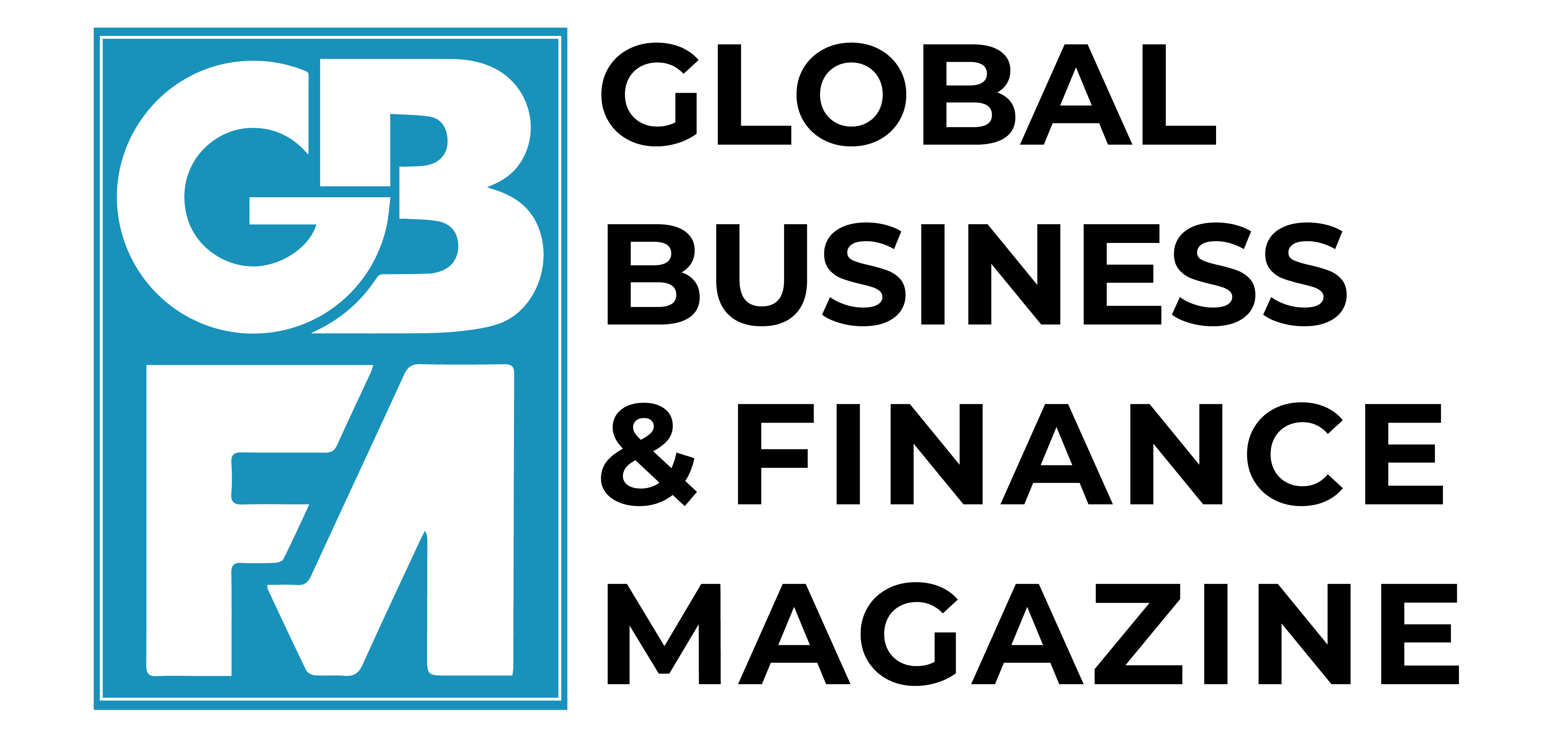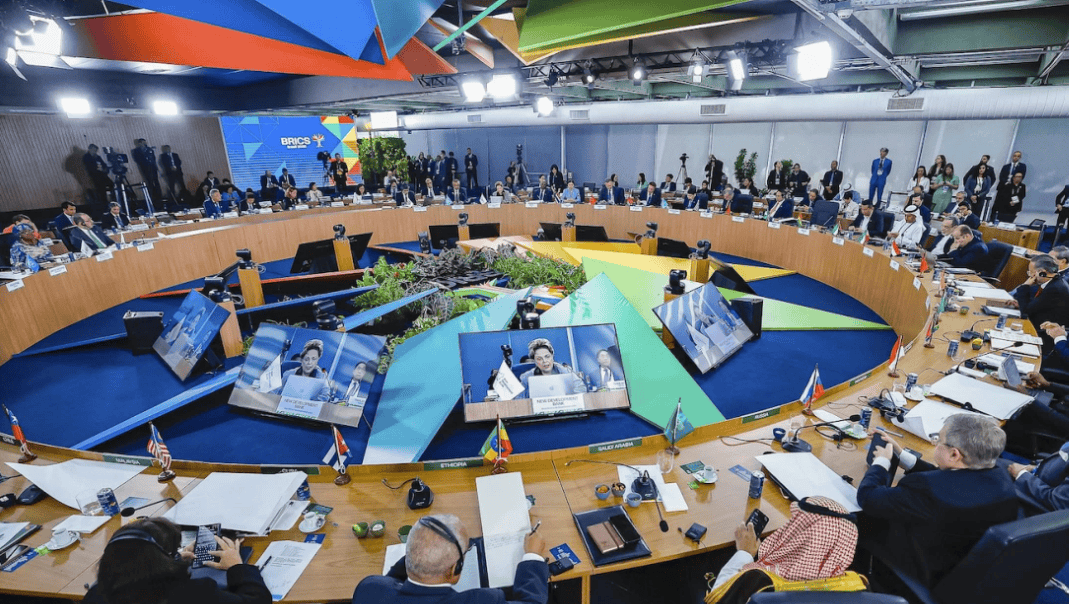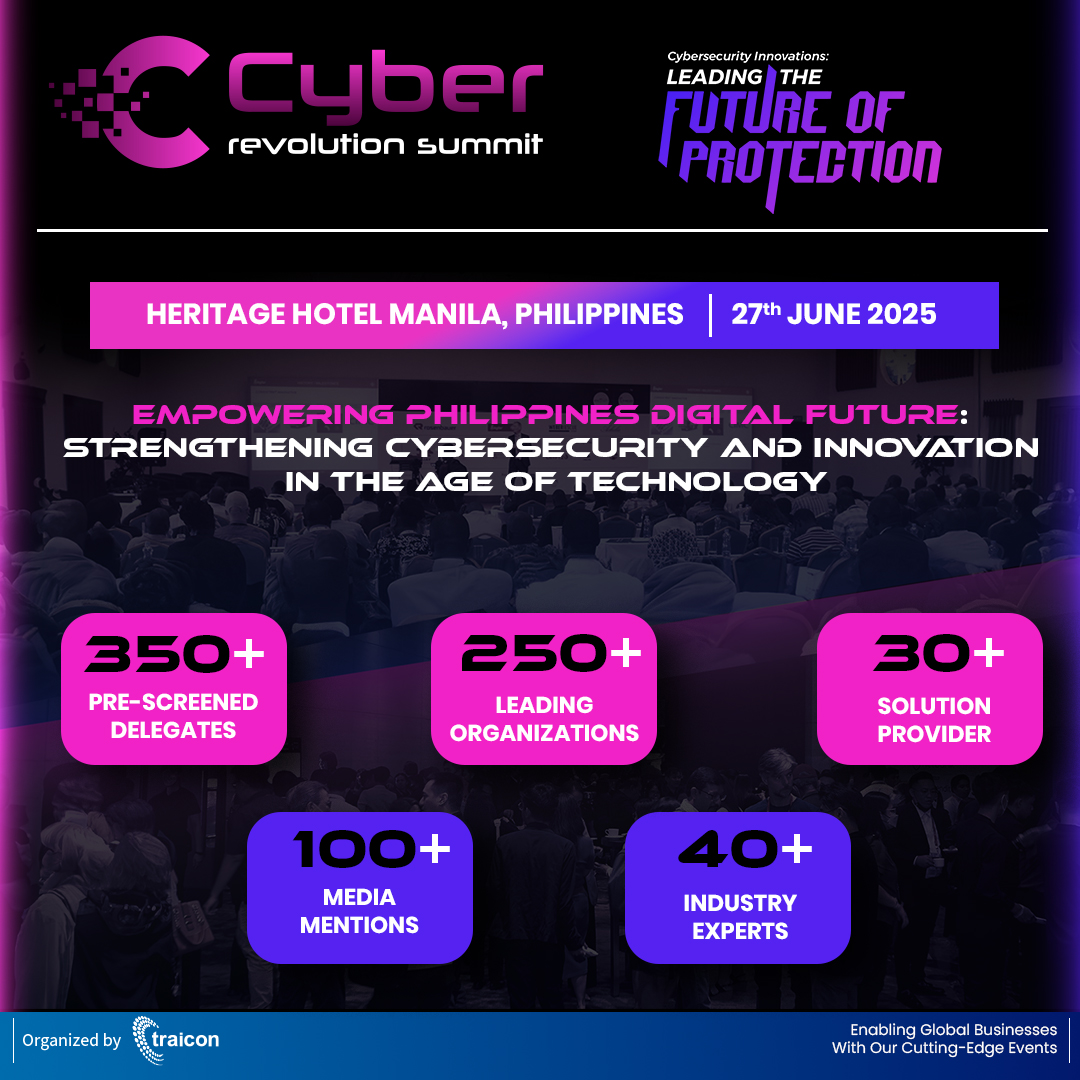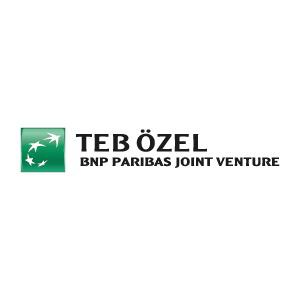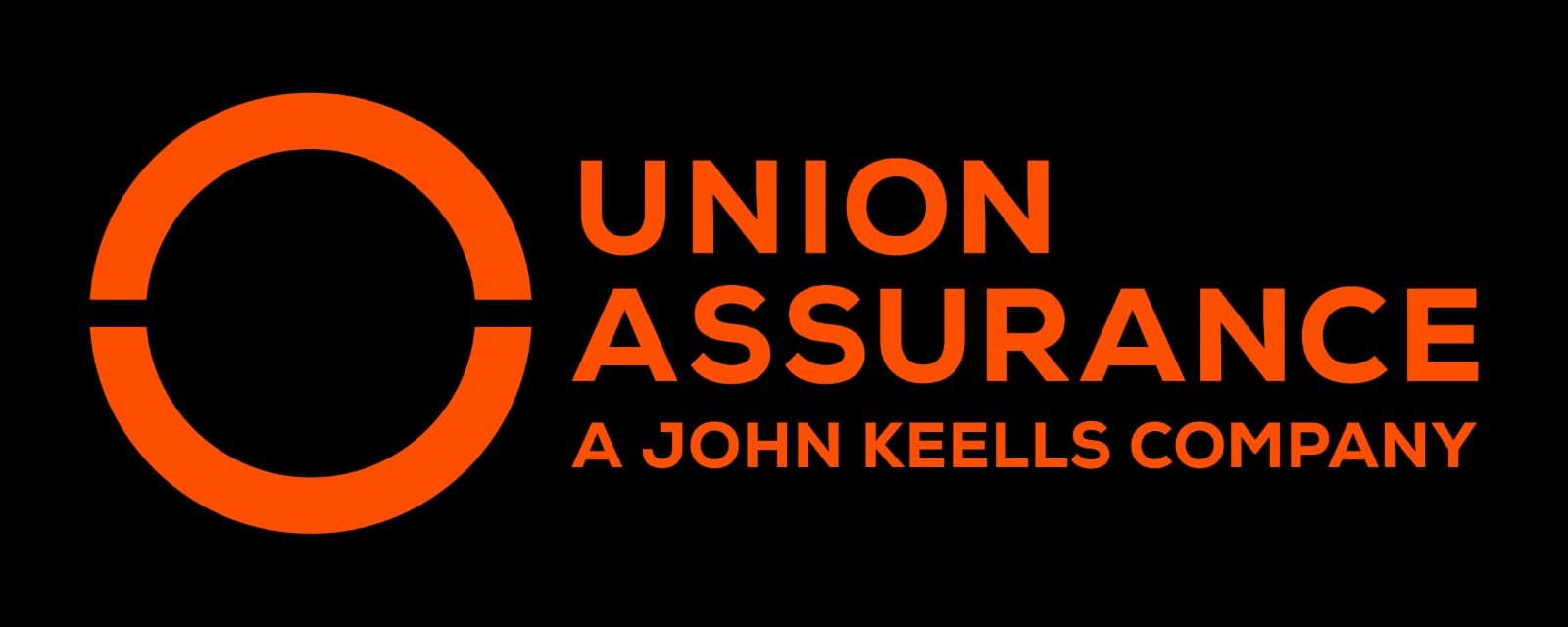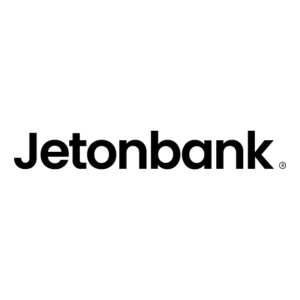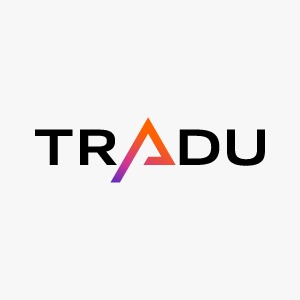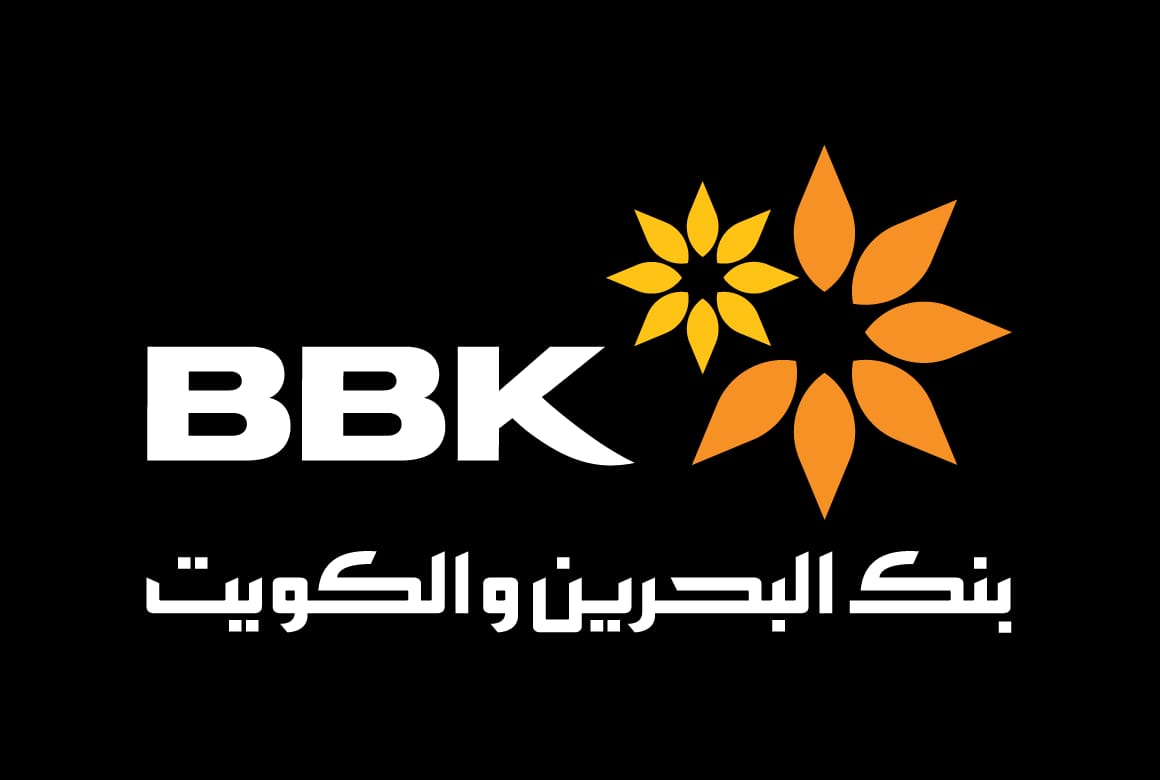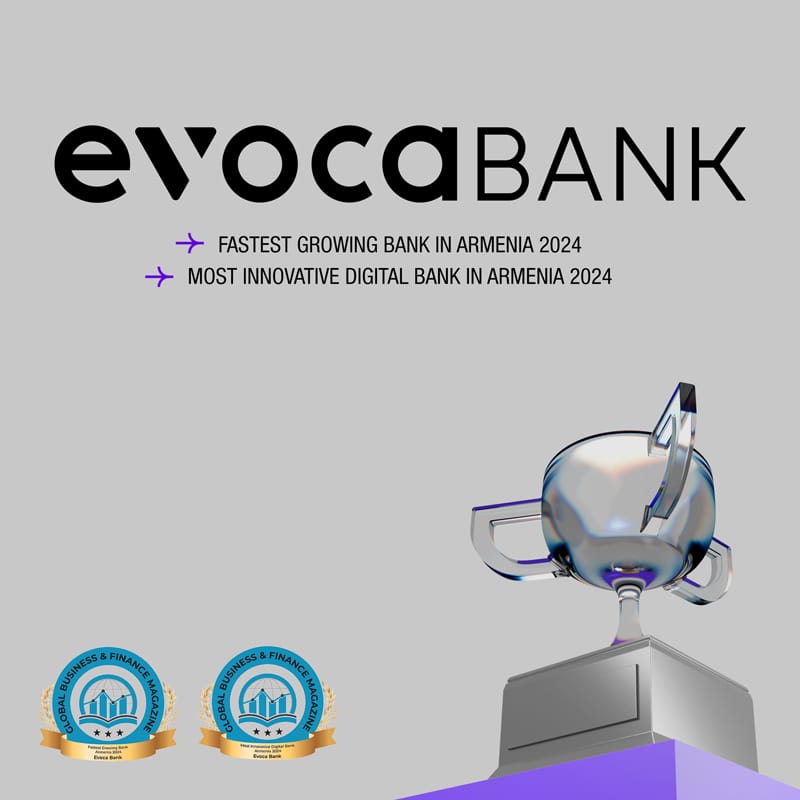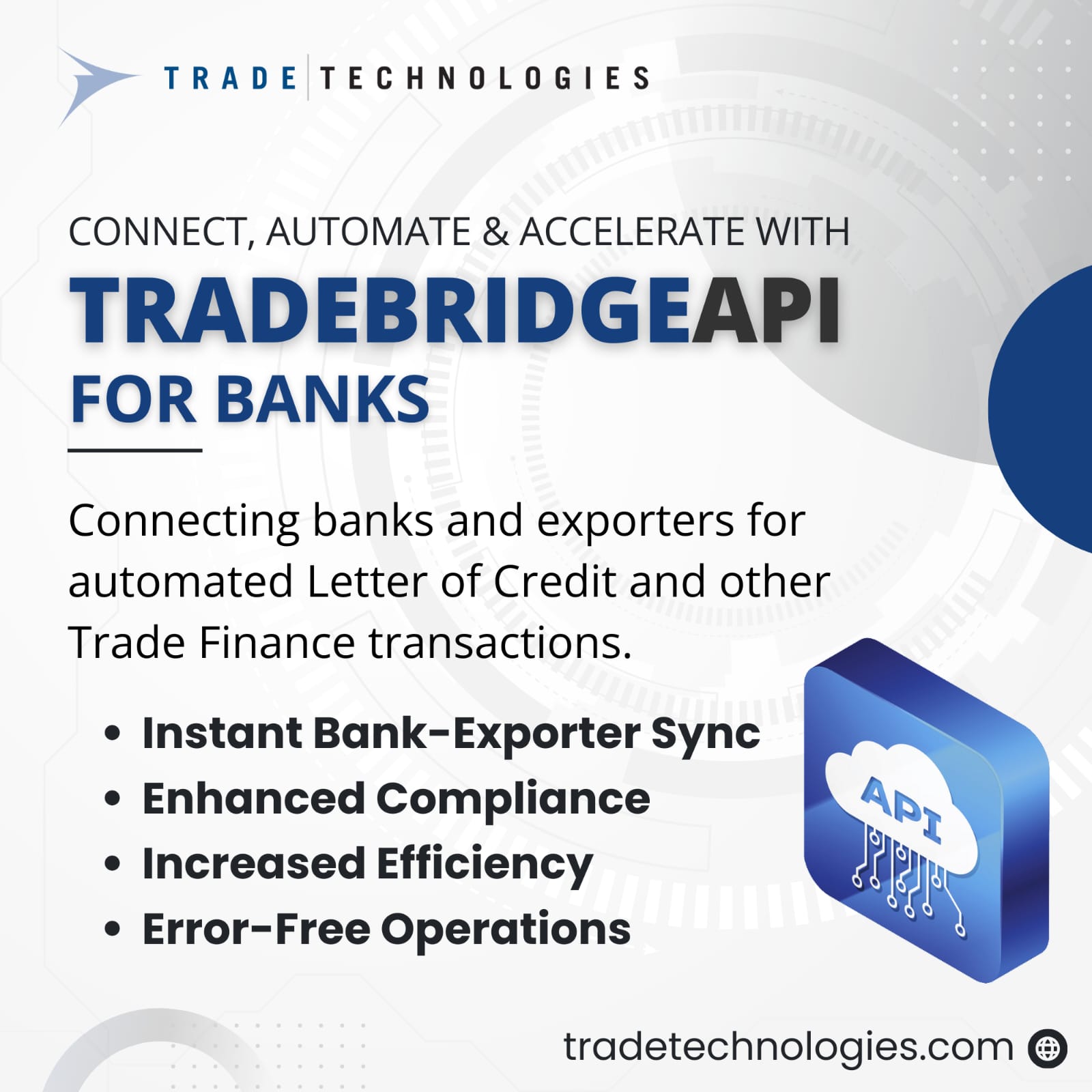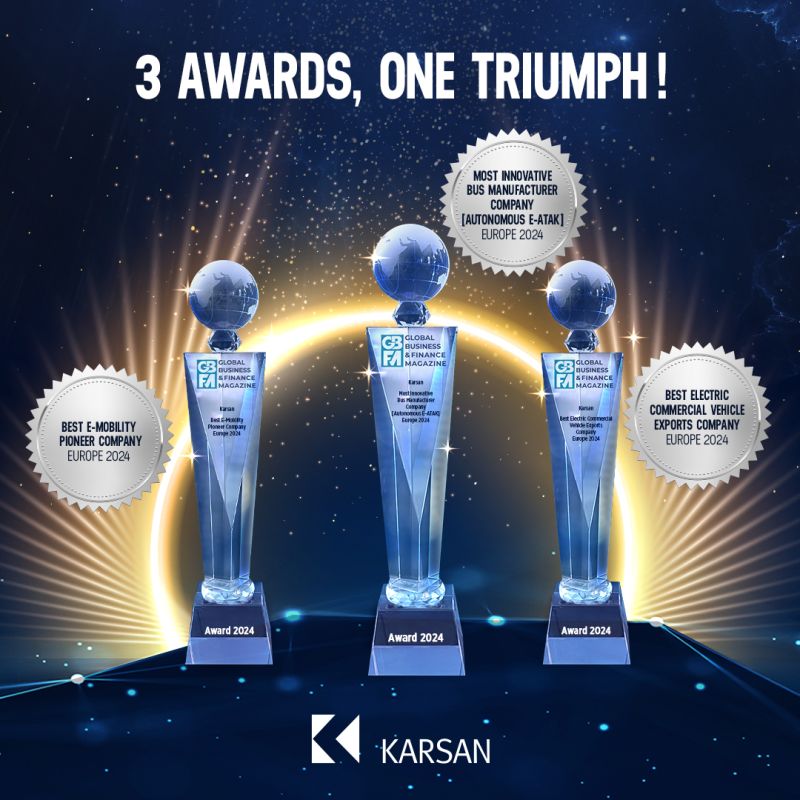The European Union’s Digital Markets Act (DMA) includes interoperability requirements for messaging services but not for personal social networking platforms. These gatekeeper platforms have seen little increase in competition under the DMA. Interoperability requirements – meaning different services should be able to communicate with one another – should be expanded to cover social networks, enabling entry by overcoming the single-homing tendencies of strong network effects.
Interoperability could be vertical and horizontal. Vertical interoperability would require incumbent platforms to maintain network infrastructure while allowing third-party curators to create their own networks ‘on top’ of the platform. Horizontal interoperability would enable social networks that run their own infrastructure to connect to existing networks through standardised application programming interfaces (APIs). Both designs entail some shared requirements, including APIs that enable basic content sharing, systems for verifying the identities of users communicating across networks and ways of ensuring safety and security. Government systems for licensing entrants and credentialing users would provide baseline support for interoperability.
While vertical interoperability lowers barriers to entry by using the dominant firm’s platform as the basis for interoperability, it gives that firm greater leeway to discriminate against rivals running on the platform. It also creates long-term questions about the price of access to the network, since its costs are borne by the gatekeeper. Horizontal interoperability requires each firm to maintain its own platform independently, but comes with the increased risk that the gatekeeper will discriminate against external traffic.
Increasing interoperability – either through horizontal or vertical methods – would encourage competition on content algorithms, customisation, locality and monetisation. By expanding the scope of interoperability requirements, the DMA could significantly reduce the market power of gatekeepers, provide users with more choice and create opportunities for new social networks – and models for social networking – to emerge. As messaging and social networking platforms continue to converge, extending interoperability standards will best support the continued development of competition in these sectors.
1 Introduction
In 2020, when the European Commission drafted the proposal for the European Union’s Digital Markets Act (DMA, Regulation (EU) 2022/1925), it considered placing interoperability requirements on the core platform services (CPS) of some large digital platforms 1 . Two specific services were evaluated for an interoperability mandate (meaning that users of rival CPS should be able to communicate with each other): number independent messaging and social networking (European Commission, 2020) 2 . In the final law, only messaging was included. DMA Article 7 requires messaging services to be interoperable with any rival requesting interoperability. The law also requires messaging services to maintain levels of security while they interoperate.
The European Commission originally considered requiring interoperability for social networking because of the strong network effects of social media, in combination with the fact that users largely single-home on personal social networks, such as Facebook 3 . Personal social networks can be defined as “online services that enable and are used by people to maintain personal relationships and share experiences with friends, family, and other personal connections in a shared social space” 4 . Users want to share with as many of their friends as possible, creating strong network effects and market power.
Single-homing for a particular function occurs at the same time as users use many other kinds of social networks for different functions. Facebook offers different functionality to, and is not a substitute for, video watching (eg YouTube) or short messaging (eg Bluesky). Professional networking (eg LinkedIn, which is also a designated CPS in the social network category under the DMA) is likewise not a good substitute for connecting with friends and family on Facebook. Because users tend to single-home within functionalities such as social networking, the social networking sites designated under the DMA have entrenched market power.
With the change in the EU institutional cycle, with a new European Commission and European Parliament, it is a good time to evaluate whether the interoperability requirement of the DMA needs adjustment. There are at least two good reasons to look again at extending interoperability requirements to social networking. First, the DMA has not so far increased fairness and contestability in designated personal social networking services (Facebook and Instagram) and there is no provision in the DMA that seems likely to trigger such changes in future. Second, messaging and personal social networking are beginning to blur and merge as technology changes. Fairness, contestability and administrability are likely to increase if DMA Article 7 is expanded to include personal social networking.
From the perspective of a regulator, the crucial attribute of personal social networking is that multihoming is particularly costly: there is work involved in creating a post that includes a combination of image, video and text elements, or which exists in contextual relation to another post on the same platform, and users want to reach many of their friends at once with the same content. Users do not want to repeat the work of describing a holiday or uploading photographs across several social networks, and yet they want all their friends to know about their holiday. The user therefore wants to create and post their content once only on the monopoly network. This unwillingness to multihome means entrants cannot realistically gain traction and therefore the competition that would be beneficial for users and advertisers is limited. An interoperability rule for personal social networks could improve outcomes in this respect.
In contrast to personal social networking, multihoming in the area in which there is already an interoperability rule in the DMA – messaging 5 – is less costly for consumers because their communications are targeted at one or a small group of people. A user can have several messaging apps installed and can respond to an alert on any of them. That response goes directly to the person sending the message and is not intended for any other friends. Therefore, other friends can use rival messaging apps with no consequence for the cost and benefit of the first communication. Multihoming takes the form of installing multiple apps 6 on a handset and opening the relevant one when the user wishes to communicate with a specific individual or small group.
The power of network effects makes the dominance of certain personal social networking platforms notably resilient. Users cannot reach their friends on other platforms that have broadly the same functionality, even if they actively dislike their experience on the entrenched platform (Bursztyn et al, 2023). The DMA provides users with other rights, such as data portability (Article 6, DMA) but this does not help competition among social networks. Data portability is not much use if users cannot coordinate their entire networks of friends to follow them in moving to a different platform.
Meanwhile, platforms have in some instances tried to erode the network effects of other platforms, but they succeed only rarely. Google+ failed to overtake Facebook, while Facebook purchased Instagram rather than risk being overthrown by it. TikTok has provided the best example of successful entry, but its success was helped by being different from the incumbent video platform, YouTube. Since then, Meta (Facebook’s owner) has launched the ‘Reels’ short video feature on Instagram as an unsuccessful direct response to competitive pressure from TikTok 7 . Despite Elon Musk using Twitter/X as a campaign vehicle and ending content moderation, it has only been since the discrete shock of the US election that competitors to X have gained traction 8 .
Because there has been little change over time in the amount of competition for a particular functionality, network effects continue to create and preserve market power across several types of social media identified under the DMA. Instagram, Facebook, LinkedIn and TikTok have been designated as CPS under the DMA 9 . All of these platforms are candidates for mandatory interoperability. The fact that WhatsApp has added audiovisual capabilities means that it could be described as either social media or messaging – adding to the justifications for broadening the interoperability mandate. To simplify the exposition, this Policy Brief explores the potential implementation of Article 7 interoperability for Facebook – though the same could be done for any other social networking CPS 10 .
2 What can be done about Facebook?
As a result of network effects, the main channels via which many people in the EU collectively share experiences are social networks that belong to a publicly traded for-profit corporation controlled by one man. Instagram and Facebook – owned by Meta – hold a near-monopoly in personal social networking. Meta is subject to limited economic regulation (and what it is subject to has done little to disrupt its exercise of monopoly power over personal social networks) and has been made subject only recently to safety regulation (the EU Digital Services Act, Regulation (EU) 2022/2065).
This situation contrasts starkly with the history of modern communications. For decades, the ownership of the main channel for distant social communication was the state-operated postal service. Any user or business could access the postal service for the same published rates. Beginning around 100 years ago, the telephone network became an important means of personal communication. The telephone networks in most European countries and the United States were heavily regulated or state owned, and again had a public tariff accessible to any user.
In the 1990s, email began to replace the postal and telephone services, while enabling easy simultaneous communication to groups of people. The governance of the internet is carried out through standard-setting organisations and decentralised providers. Internet service providers (ISPs) can enter freely, choose any business model they prefer (eg subscription, ad-supported or part of a bundle) and deploy spam-filtering technology on behalf of their users. Any ISP that follows the open standard has access to the entire network of ISPs attached to the internet.
The present dominance of society’s personal social networking platform by one
under-regulated corporation controlled by one natural person is thus very unusual by historic standards. In addition, the corporate control of Facebook and Instagram creates risks that are not directly economic. There is growing evidence, for example, that the need to make money from advertising causes social media platforms to exploit vulnerable users and to design their platforms to be addictive, causing economic and mental health harms to users, particularly teenage girls (Rosenquist et al, 2022).
Bringing personal social networking within scope of Article 7 of the DMA will stimulate entry into this important service to generate competition. Each CPS designated as a social network could form the nucleus of a new social network and be required to offer interoperability, or the European Commission could determine that more than one should connect as part of the same network (eg Instagram and Facebook could interconnect). Such functionality will demonstrate the technical feasibility of interoperability but of course will not aid entry by competitors. Contestability under the DMA requires entry barriers for rivals to fall.
It is important to understand why there is no incentive currently for a rival network that wants interoperability with Facebook to exist. If interoperability with Facebook is essential to attract customers, but interoperability is not available, then such a business is unlikely to exist. Entrepreneurs will not waste time founding a company that will fail and would in any case have a hard time obtaining funding. By contrast, a social media business that does something different from Facebook – Linkedin, for example – does not need interoperability to be commercially successful. It will enter and attract users if it has a good and differentiated model. Therefore, the question policymakers should ask is not ‘what existing network do I see today that wants to interoperate?’ but rather, ‘what network would enter if it had a right to interoperate with the incumbent?’ In particular, social networks that are less harmful to users seem likely to fall into this latter category.
Entry and competition in social networks will help users by allowing them to choose depending on aspects such as level of privacy and curation policy (permitting less hate speech, for example). A user’s friends and content sources generate more content than the user can absorb, and the platform pushes the commercial content it wants the user to see, and therefore an algorithm promotes content to the top of the feed and sends other content to the bottom. In addition, some content may not be shown at all if it violates the rules of the platform. The algorithm can be designed in many ways and users will gain by being able to choose among options. Users may also prefer to choose among business models, such as advertising-supported versus subscription. Business users will also benefit from the additional competition. Advertisers will be able to choose among social networks based on price, quality and innovation, if there are alternative social networks on which to advertise.
3 The promise of interoperability
Because the direct network effects that characterise social networks are so strong, it is likely that only one policy choice will permit competition: interoperability. However, there are two ways in which interoperability can be achieved, and this is where the interesting policy choice lies. The options are:
Require vertical interoperability. This would be done by assigning the CPS the task of running the infrastructure of social media and allowing third-party curators to compete for users and connect ‘on top’ of that underlying network. The underlying network would then deliver content among curators, both third-party and the vertically-integrated curator. Other examples of vertical interoperability include operating systems that allow software applications to compete for users while each can connect to the same underlying platform, and long-distance phone providers that competed for customers, with connection to local networks for the last mile into the home.
Require horizontal interoperability. The CPS would be required to use open application programming interfaces (APIs) that permit competitors to connect to the CPS. APIs enable different applications to communicate. Each competitor would build its own network and, if that competitor chooses to participate in interoperability, would use the open APIs so that its users could reach users on, for example Facebook, and vice versa. Such connections require the use of existing APIs or creation of new ones to permit standardised content to flow between networks. The interoperability must be optional for any network that does not belong to a gatekeeper, so that entry of a competitor that decides to launch an independent social network remains possible. In order to create complete connectivity among those choosing interoperability, any participating network that connects with the regulated CPS must also connect with all other participating networks (which all use the same open APIs). A familiar example is an internet service provider that, by using open standards, connects its users to other users on the internet regardless of the other ISP each user uses. Similarly, the standards for mobile telephony services allow users to connect their phones to individual phone users on other mobile networks. An entering carrier’s phones can be used to place a call to any existing carrier’s phones on all their networks.
Under both schemes, all users would benefit from access to a complete network. At the same time, all users could choose between services that offer different user interfaces, business models, curation goals and feed designs. The difference would be that in vertical interoperability, all services rely on the incumbent to run the underlying plumbing as a kind of utility (see below for discussion of how the cost of this might be borne). With horizontal interoperability, all services run both their own curation and their own infrastructures. A key principle would be that no curator would be permitted to monetise users who are not their own.
Either type of interoperability would open the network to the possibility of entry of (more) dangerous networks or curators. For this reason, the authority should restrict access to the APIs, using a licensing scheme under which networks that want to use the open APIs would be required to demonstrate their safety. The DMA text can be amended to outline the requirements that must be met, and the European Commission can determine the process for third parties to become authorised to review and license competitors. The goal of the license regime would be not to restrict entry, but to keep users safe on the network.
4 Specific recommendations
Several issues should also be addressed in a revised Article 7. Interoperability requires a key – like phone numbers and email addresses – that enables users to find each other in the network and establish a link. A standard-setting body established by the regulator should determine a method for ‘finding friends’ that is effective and secure. Leaving the means of personal identification for most of the population solely in the hands of a private monopolist could create problems. Other existing choices include the identification services of gatekeepers such as Apple and Google. However, users might prefer a method of identification that does not belong to a private entity that may gain financially from expropriating them at a future time.
The EU could suggest (or require) that each member state establish the ability to verify personal identity and issue an e-credential. This government credential could then be an option used by any citizen instead of the privately provided credential – as desired by the citizen. The law would require that social networks accept government credentials if citizens prefer them (and should offer the identical functionality that is available to users of the platform’s credential) 11 12 .
Given the crucial role pseudonymity plays in preserving freedom of speech online, it is important that the government credential method of verification should remain optional. However, this must be weighed against the interest a platform could have in wanting to run a business with a value proposition that consists of interactions between real people. A broad system of federated identity providers in which state verification agencies can participate might be one way forward. Again, a balance is needed. Users want to be able to explore the internet as different personas, but do not want monopoly platforms to hold their identity hostage, to charge high prices for it or to deploy it in ways the user does not approve.
An interoperability regime should also be set up to encourage entry of a variety of curation algorithms so that users have a diversity of choice. Users could then select the platform with the algorithm that best matches their preferences, rather than being forced to use the monopolist platform’s algorithm, or a government-chosen algorithm.
For example, researchers may design content feeds that are prosocial and good for mental health and may market these to end users. A social network could choose to use a curation algorithm that leaves people feeling positive about their neighbours, rather than angry and hate-filled 13 . End users who are attracted by that service could choose it, while others could stick with the Facebook algorithm and yet others might select a different entrant’s algorithm. In a system with interoperability, algorithmic design can be one way for an entering network to attract users. Since there could be entry of networks with algorithms that generate hate or promote illegal activity, the Digital Services Act (DSA) will serve as a complement to the DMA.
A licensing system will ensure that all entrants comply with relevant laws and industry standards. For example, entrants must comply with the DSA, the EU general data protection regulation (Regulation (EU) 2016/679) and data-security best practices before they would be given access to the broader network. In this way, the licensing system will prevent access to the network by undertakings with harmful algorithms. Ownership and governance of an entrant must be transparent. The regulator may revoke licenses or impose fines, or both, for systematic violations of any applicable law or condition of the license.
Some may find it problematic for the government to review entrants directly. It may be more conducive to an open society for the government to play a supervisory role, maintaining a background presence to ensure proper functioning of the licensing system. The license removes the need to rely on a monopolist to provide safety and variety to users, and nor does it assume that all entrants are benign and friendly. Neither of these would be prudent public policy.
Curators must have commercially-viable levels of visibility on the network. For example, a curator will have its own users and will manage the lists of the content creators each user follows. Some of those content creators are the user’s friends. When those friends post content, the curator will filter it according to the algorithm. If a user engages heavily with particular content, the curator will want to use that information to suggest related content of interest. That content might be posted by friends of friends. For entrants to provide a similar service to the incumbent, APIs will be required that will let them identify related content without violating expectations of users. A standards or technical committee will need to ensure users are offered choices about sharing their feeds that enable competition as well as privacy.
One of the benefits of interoperability would be that community or nonprofit enterprises, and not just for-profit businesses, would be able to set up their own social networks. A network that specialises in the needs of a small group is limited today because it cannot connect to the wider network, so users need to multihome to use it. However, with interoperability, a small network’s users can connect to everyone else through the mandatory APIs.
For example, a village or town could run its own social network. The network could choose a curation algorithm that promotes neighbourliness and ensures local events are publicised. The advertising revenue earned by the network could even fund local public projects. Local residents would join the village social network as a way of supporting the community, while being able to connect with anyone outside the community thanks to the requirement for interoperability.
A university or a club could set up a social network for its current and past members that emphasises activities and friends from each user’s time in the group 14 . Causes and groups for people interested in the environment, politics or athletics could be the basis for a social network to promote their content and activities and to encourage users to make friends within the network – all while permitting access to the broader social network as well.
4.1 Vertical interoperability issues
Under vertical interoperability, a host platform, such as Facebook, would continue to bear the cost of the basic network and connectivity while maintaining its own operation as a curation service. Licensing of competitors would be carried out by the designated third party, with the European Commission in the background. The platform provider – Facebook – would be required to provide access to licensed entrants by sharing APIs that allow such entrants to connect to the underlying network.
Entrants would have users who need to identify their friends – some of whom will use the host platform as their curator, some not – and would then be able to send messages back and forth to all their friends, no matter where they are located. Organisations wanting to enter as curators would determine a strategy, choose an algorithm (eg prosocial, no political content, etc) and apply for a license to gain access to the APIs so they could connect to the underlying network.
Once connected, curators would attract their own users and monetise them in whatever way they wish, eg through advertising, subscriptions or combining the social network with another service. Curators would have full control over the feed and any advertising on it, including the monetisation of all content. Curators could attract users by designing an algorithm to create a feed that prioritises or omits certain content. Users would choose the curator that best matches their needs, which in the case of personal social networks could be Facebook or a third party. Curators would differentiate by offering, for example, no advertising, less hate speech or a focus on content about the environment. Importantly, an entrant’s users would be able to identify and connect to users anywhere on the network and post content.
A big challenge for any vertical interoperability scheme is successfully preventing discrimination by the host platform against its rivals, which need access to the underlying network in order to operate. For example, Facebook would be able to raise costs for entrants through technical or business tactics, and to design the feed its own users see in a way that slows or hides content from users who are affiliated to a rival curator. A regulator will likely need the assistance of a technical committee to police these problems.
In addition, it is reasonable for the host CPS to block spam and hackers in its role as network operator, and it will be difficult to separate out the choices that harm rivals from those that increase security. It is critical that security is strong but that it does not become an excuse for discrimination. A curator with an algorithm that promotes outrage and hate might have users whose posts are disproportionately blocked by a curator whose positioning is calmness and sociability. Such strategies would be permitted, but these must be distinguished from similar-looking strategies designed by the host CPS to disadvantage entrants. A technical committee with expertise in evaluation of algorithms would need to monitor constantly for discrimination. A review process involving technical experts and a government agency with discretion could expedite the resolution of such disputes.
Vertical interoperability requires APIs to be open to licensed entrants. The APIs cannot be solely designed by the host platform, or it will have the incentive and ability to bias the APIs to the advantage of its own curation business and to the detriment of others. The regulation must create what is effectively a standard-setting committee with membership including the host platform, rival curators who will be connecting to the provider’s network, civil-society representatives, experts in algorithms and the regulator. This standard-setting committee must also handle any API modification requests.
The gatekeeper should be able to request changes to APIs in response to issues including technological progress, consumer preference and security threats. However, there is a risk that changes desired by Meta or any other social network CPS would be self-serving or strategic. Rivals must be able to comment, and the committee must put the new standards through a thorough review process to ensure they do not weaken competition or create new barriers for entrants. Public transparency around modification requests would be essential to prevent the dominant firm from gaining hidden advantages. When approved by the standard-setting committee, an implementation date can be chosen for API update that gives all parties time to adjust.
The price of access to the network will be a significant regulatory issue. If this is left unregulated, the incumbent CPS could choose a price that would effectively block entrants. Because monopolist platforms such as Meta have profited for many years and continue to profit from their entrenched market position, and the marginal cost to Meta of providing access is close to zero, it would be proportionate to set the access price to zero. The zero-access price could remain in effect until the host platform’s market share of accounts falls below a threshold – say, 50 percent – at which point Meta bearing the entire cost of the network would become less proportionate 15 .
If the host platform continues to have more than half of the market, it is logical that the returns from that scale can cover the cost of maintaining the network from which smaller entrants benefit. Alternatively, entrants might grow quickly and come to collectively comprise a large market share. At that point the cost of maintaining the infrastructure might be shared equitably by all users through a mechanism such as a fair, reasonable and non-discriminatory (FRAND) price. Disputes over what constitutes FRAND would have to be resolved by a regulator or a court.
4.2 Horizontal interoperability issues
In horizontal interoperability, entering social networks run businesses that connect their networks to the incumbent network (eg the way ISPs take advantage of email network effects). As with vertical interoperability, the entering network’s users obtain access to the full network. The difference is that the entrant runs its own infrastructure and is not reliant on any services from the incumbent CPS.
As outlined in section 4.1, a standard-setting committee comprising stakeholders and civil society should design and regularly update the APIs of the network. No entrant would need to pay to access any other network because each network would bear the costs of its own infrastructure. Incoming or outgoing traffic to rival networks may not be made subject to charges, though any network would likely want to block nuisance or spam traffic. The regulator will have to monitor constantly to ensure that such business practices do not become a method of discrimination against another network.
For example, a social network with strict content moderation would block traffic from a rival network promoting anger more than traffic from a rival network promoting friendliness even if it applies a transparent rule in a non-discriminatory way. A dominant social network might try to use its algorithm to disadvantage content from a threatening competitor. The regulation might have the aim of ensuring that the CPS bears the burden of proof that its business practices are strictly necessary for consumer benefit and are narrowly tailored. As above, the regulator would have to carry out background checks, technical checks and algorithmic reviews before issuing a license to use the network APIs.
4.3 API standards
For both vertical and horizontal interoperability, common APIs are needed. The design of these APIs must be stable enough for connectivity, but flexible enough to update as technology changes. In addition, APIs do not need to cover every feature, as keeping them fairly basic will permit differentiation and innovation by individual networks.
There are many examples of standards that require continuous updating because of rapid technological change. Communication protocols such as Wi-Fi and Bluetooth demonstrate that these can be commercial successes 16 . Some critics worry that APIs permitting interconnection will render all personal networking services identical but this is unlikely for several reasons. First, curation algorithms and business models will differ across networks regardless of APIs. Second, the APIs needed to share content do not need to cover every element of the service, and indeed should not. Differentiation and innovation are important elements of competition.
Procompetitive APIs therefore require certain elements of content to adhere to the common standard while allowing other features to be network-specific. A user could, for example, send the text ‘Happy Birthday’ to a friend. If the friend was a member of the same social network, special effects might be enabled such as confetti and balloons when the recipient opens the message. But if the API covered text and not special effects, a recipient on a rival network would see only the text ‘Happy Birthday’. It seems reasonable to set up APIs for text, images, calendar and video and perhaps more, but likely not for a special effect such as digital confetti. Designing special effects or cool features within a network would be a way for a network to attract users 17 . Incentives for innovation could therefore be preserved, and users who value those special features highly will be incentivised to join the network with other like-minded users. This would create competition between networks.
Over time the technical committee would update the APIs to ensure they include what has become basic functionality that is likely to be needed by all parties. For example, if such APIs had been in existence over the last twenty years, they would likely have begun with text only. When images became common in social media, the APIs would expand to ‘text and images’, and later to ‘text, images and calendar’. Today, we would want APIs to include video, while that would not have been critical in 2008. A feature such as a thumbs-up reaction could be added to the API if the standard-setting committee thought it was important in order to preserve global network effects. In this way APIs improve over time as individual networks continue to innovate.
5 Integration of social media and a recommendation
It should be noted that including personal social networking in the DMA’s interoperability requirements would be a natural progression. In the case of popular messaging applications such as Meta-owned WhatsApp, which are covered by the DMA’s Article 7 interoperability requirement, there has been increasing integration of social-media features. For example, WhatsApp has moved beyond text to allow short video clips. The service has introduced features including channels that allow users to follow people and organisations for regular broadcast updates and content. If a messaging app differentiates itself with features like this, it becomes more like a social network.,
If Meta is steering WhatsApp to make it look more like Instagram, it blurs the distinction between CPS’s and justifies convergence of regulations governing interoperability. To maintain fairness and competitive markets through interoperability, the requirement will need to be applied uniformly across all platforms that offer similar communication functionalities. This logic suggests that DMA Article 7 will have to include CPS that span from simple messaging apps through to personal social networking services.
The DMA should be adjusted to reflect the learning since it was drafted. That learning includes both the process of regulation, what has worked and what has not, and the changes to technology.
In light of the lack of progress in making personal social networking contestable and fair, a stronger or upgraded set of tools is needed. DMA Article 7 already outlines a solution. Because messaging services are trending towards personal social networking in their functionalities, it will be fairer to business users and gatekeepers to adopt more symmetry of treatment. And because competition and choice will then be available, consumers will also benefit.
Source : Bruegel

